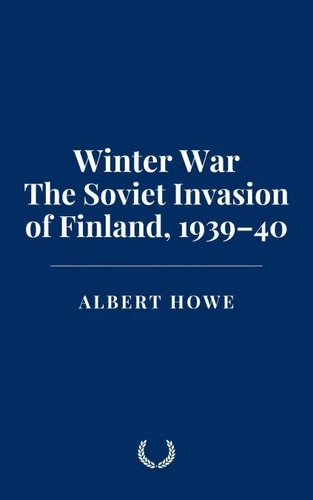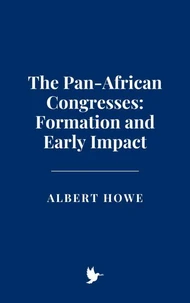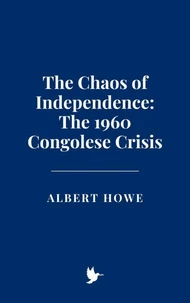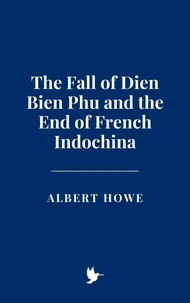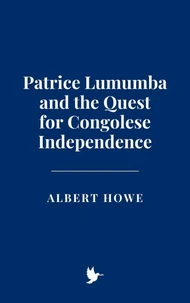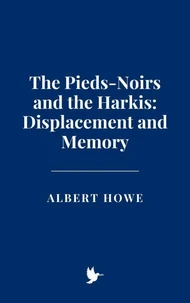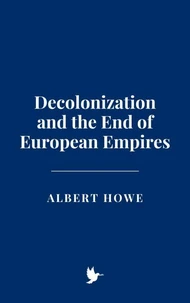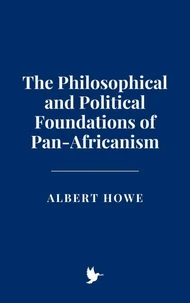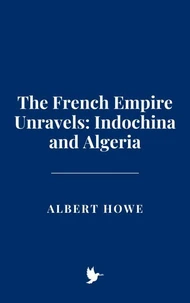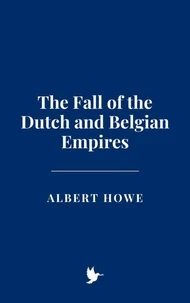Winter War: The Soviet Invasion of Finland, 1939–40
Par :Formats :
Disponible dans votre compte client Decitre ou Furet du Nord dès validation de votre commande. Le format ePub est :
- Compatible avec une lecture sur My Vivlio (smartphone, tablette, ordinateur)
- Compatible avec une lecture sur liseuses Vivlio
- Pour les liseuses autres que Vivlio, vous devez utiliser le logiciel Adobe Digital Edition. Non compatible avec la lecture sur les liseuses Kindle, Remarkable et Sony
 , qui est-ce ?
, qui est-ce ?Notre partenaire de plateforme de lecture numérique où vous retrouverez l'ensemble de vos ebooks gratuitement
Pour en savoir plus sur nos ebooks, consultez notre aide en ligne ici
- FormatePub
- ISBN8227589675
- EAN9798227589675
- Date de parution22/01/2025
- Protection num.pas de protection
- Infos supplémentairesepub
- ÉditeurBig Dog Books, LLC
Résumé
The Winter War, fought between the Soviet Union and Finland from 1939 to 1940, remains one of the most significant and dramatic conflicts of the 20th century. This book delves into the history, strategic analysis, and broader implications of the war, examining its profound impact on Finland, the Soviet Union, and global geopolitics. Through a comprehensive exploration of military strategies, political decisions, and cultural memory, it uncovers the complexities of a small nation resisting a vastly larger adversary and the lasting lessons learned from this improbable struggle for survival.
The book explores the key moments and battles of the war, particularly the defense of the Mannerheim Line and the pivotal Battle of Suomussalmi, highlighting the tactics and innovations that allowed the Finnish forces to hold their ground against overwhelming Soviet forces. It also examines the diplomatic, ideological, and psychological aspects of the conflict, detailing Finland's international isolation, the evolving relationship with the Soviet Union, and the moral and emotional toll on its people.
The Winter War's aftermath, marked by the Moscow Peace Treaty, reshaped Finland's identity and foreign policy, as it navigated the complex terrain of neutrality and survival within the Soviet sphere of influence during the Cold War. The book analyzes how the war was memorialized in Finnish culture, becoming a cornerstone of national pride, resilience, and unity. Ultimately, this work presents the Winter War not just as a military confrontation, but as a defining moment in the creation of Finland's national identity and its post-war trajectory.
It also offers a critical lens on the broader consequences of the war, influencing military doctrine, international relations, and the understanding of smaller nations' ability to confront larger, more powerful adversaries. Through in-depth historical analysis and primary source insights, this book illuminates how the Winter War shaped the course of history and left an indelible legacy on Finland and the world stage.
The book explores the key moments and battles of the war, particularly the defense of the Mannerheim Line and the pivotal Battle of Suomussalmi, highlighting the tactics and innovations that allowed the Finnish forces to hold their ground against overwhelming Soviet forces. It also examines the diplomatic, ideological, and psychological aspects of the conflict, detailing Finland's international isolation, the evolving relationship with the Soviet Union, and the moral and emotional toll on its people.
The Winter War's aftermath, marked by the Moscow Peace Treaty, reshaped Finland's identity and foreign policy, as it navigated the complex terrain of neutrality and survival within the Soviet sphere of influence during the Cold War. The book analyzes how the war was memorialized in Finnish culture, becoming a cornerstone of national pride, resilience, and unity. Ultimately, this work presents the Winter War not just as a military confrontation, but as a defining moment in the creation of Finland's national identity and its post-war trajectory.
It also offers a critical lens on the broader consequences of the war, influencing military doctrine, international relations, and the understanding of smaller nations' ability to confront larger, more powerful adversaries. Through in-depth historical analysis and primary source insights, this book illuminates how the Winter War shaped the course of history and left an indelible legacy on Finland and the world stage.
The Winter War, fought between the Soviet Union and Finland from 1939 to 1940, remains one of the most significant and dramatic conflicts of the 20th century. This book delves into the history, strategic analysis, and broader implications of the war, examining its profound impact on Finland, the Soviet Union, and global geopolitics. Through a comprehensive exploration of military strategies, political decisions, and cultural memory, it uncovers the complexities of a small nation resisting a vastly larger adversary and the lasting lessons learned from this improbable struggle for survival.
The book explores the key moments and battles of the war, particularly the defense of the Mannerheim Line and the pivotal Battle of Suomussalmi, highlighting the tactics and innovations that allowed the Finnish forces to hold their ground against overwhelming Soviet forces. It also examines the diplomatic, ideological, and psychological aspects of the conflict, detailing Finland's international isolation, the evolving relationship with the Soviet Union, and the moral and emotional toll on its people.
The Winter War's aftermath, marked by the Moscow Peace Treaty, reshaped Finland's identity and foreign policy, as it navigated the complex terrain of neutrality and survival within the Soviet sphere of influence during the Cold War. The book analyzes how the war was memorialized in Finnish culture, becoming a cornerstone of national pride, resilience, and unity. Ultimately, this work presents the Winter War not just as a military confrontation, but as a defining moment in the creation of Finland's national identity and its post-war trajectory.
It also offers a critical lens on the broader consequences of the war, influencing military doctrine, international relations, and the understanding of smaller nations' ability to confront larger, more powerful adversaries. Through in-depth historical analysis and primary source insights, this book illuminates how the Winter War shaped the course of history and left an indelible legacy on Finland and the world stage.
The book explores the key moments and battles of the war, particularly the defense of the Mannerheim Line and the pivotal Battle of Suomussalmi, highlighting the tactics and innovations that allowed the Finnish forces to hold their ground against overwhelming Soviet forces. It also examines the diplomatic, ideological, and psychological aspects of the conflict, detailing Finland's international isolation, the evolving relationship with the Soviet Union, and the moral and emotional toll on its people.
The Winter War's aftermath, marked by the Moscow Peace Treaty, reshaped Finland's identity and foreign policy, as it navigated the complex terrain of neutrality and survival within the Soviet sphere of influence during the Cold War. The book analyzes how the war was memorialized in Finnish culture, becoming a cornerstone of national pride, resilience, and unity. Ultimately, this work presents the Winter War not just as a military confrontation, but as a defining moment in the creation of Finland's national identity and its post-war trajectory.
It also offers a critical lens on the broader consequences of the war, influencing military doctrine, international relations, and the understanding of smaller nations' ability to confront larger, more powerful adversaries. Through in-depth historical analysis and primary source insights, this book illuminates how the Winter War shaped the course of history and left an indelible legacy on Finland and the world stage.

